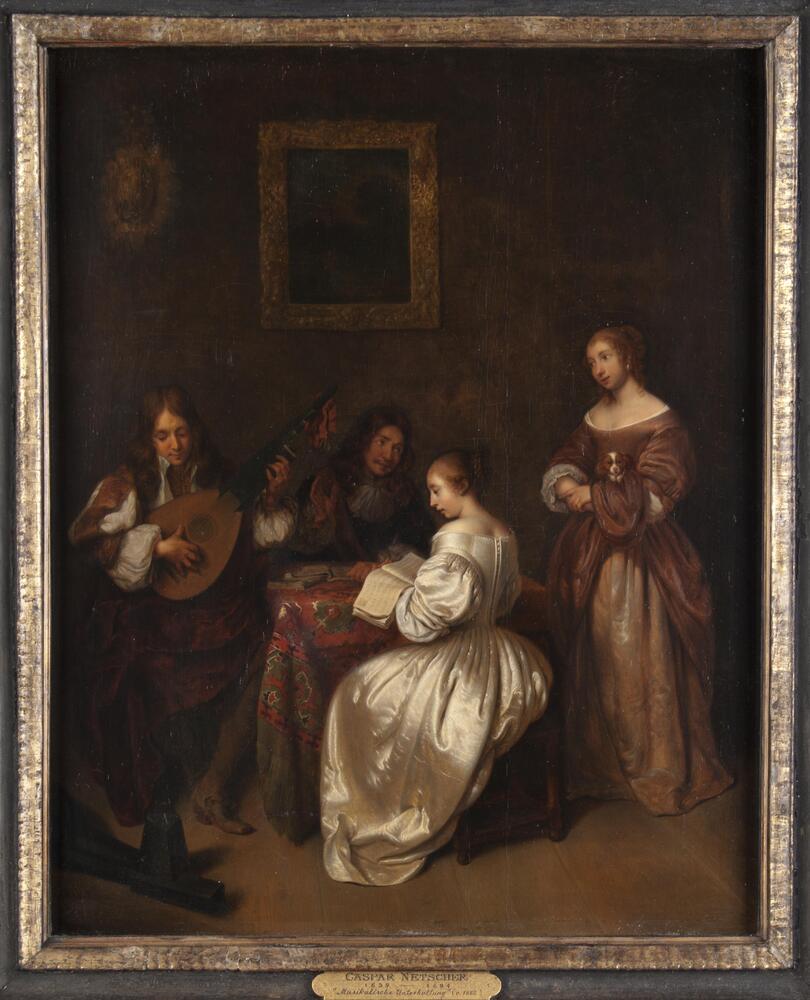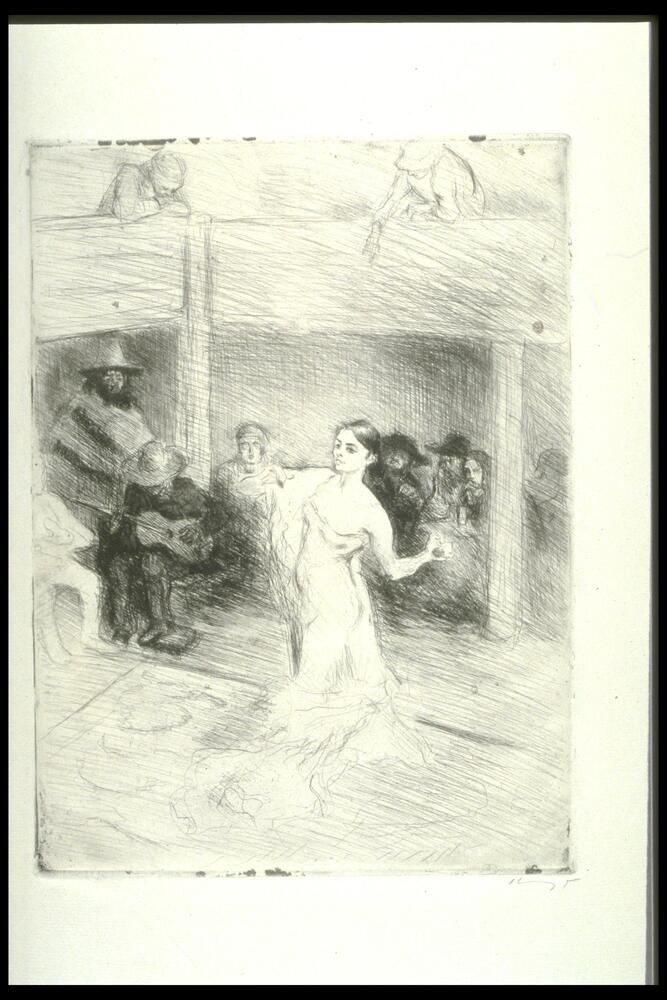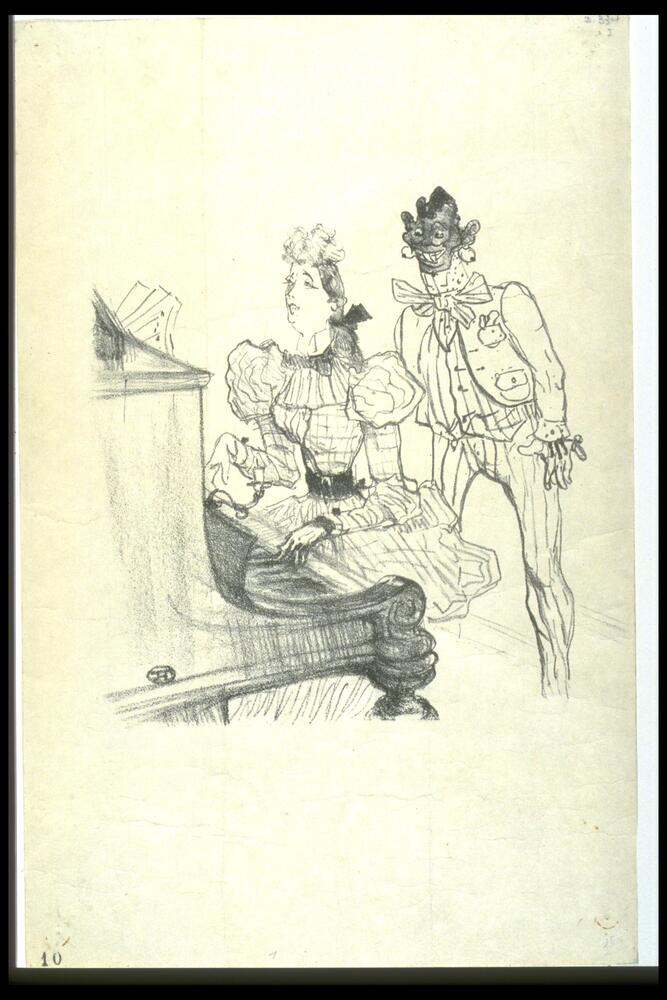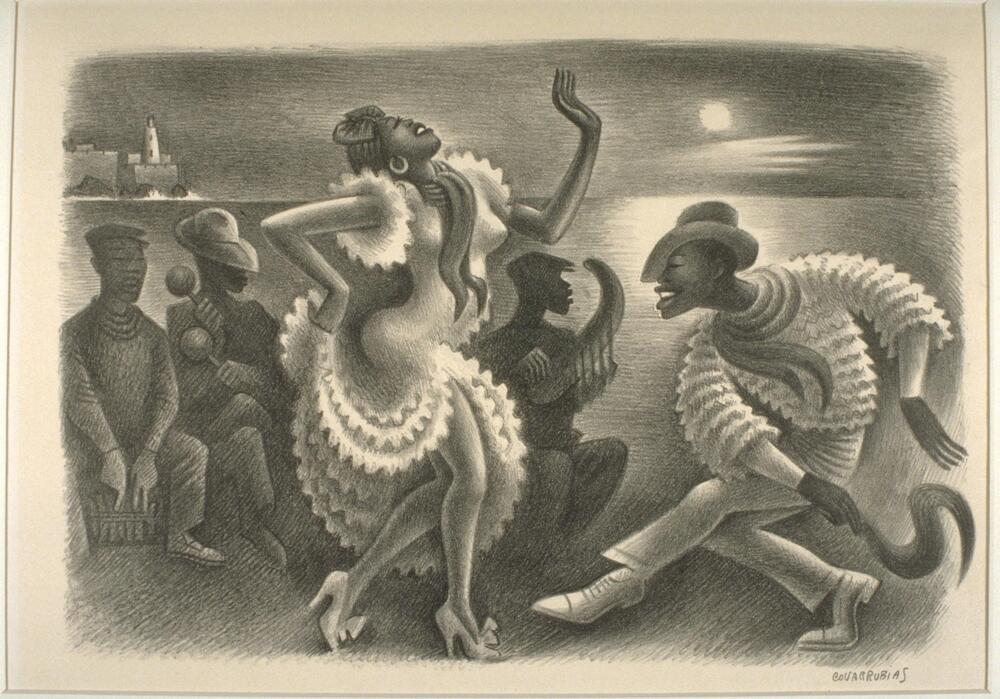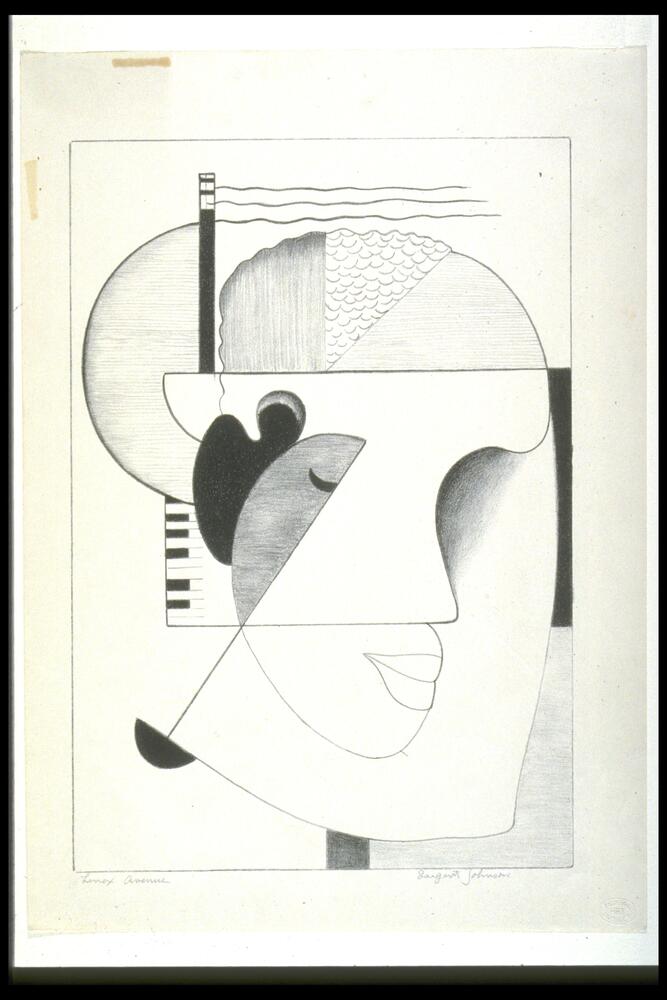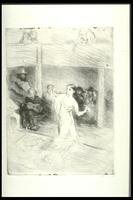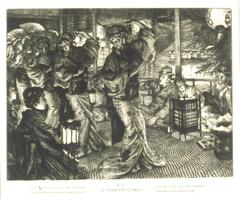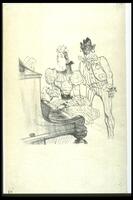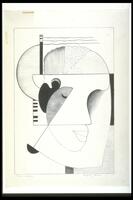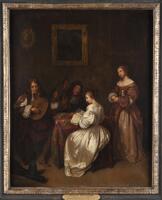Activity - Race and Identity in Music (Sp20 Andre - AAS 354 / RCHUMS 354 / HONORS 354 / WOMENSTD 354)
Welcome to the UMMA module for Race and Identity in Music. This lesson focuses on:
- the figure of Carmen from Bizet's opera
- European visual and musical stereotypes of "others"
- Race, music, and gender in the Harlem Renaissance
We will be using a three-step process of visual analysis for these activities: See - Think/Feel - Connect
See - What do we see? We will describe what we are looking at.
Think/Feel - What does it makes us think about? How does it make us feel? There are no right answers here and responses don't need to be fully formed or complete. Be speculative. Go with what you're thinking and feeling.
Connect - What connections can you make between the art, our discussion, and material from your class? What are you reminded of? What themes/questions from class can we bring into the discussion to get meaning out of the image?
European Music, Manners, and Decorum:
Describe / Interpret / Connect
Connection Question: How can we interpret this image as a statement about the gender, race, and class of European music?
Carmen:
|
|
Connection Question: How can we compare and contrast these images with the figure of Carmen as you've discussed it in class? Are there similarities between these images that we can also relate to the depiction of the character of Carmen?
Racist Visual/Musical Stereotypes:
Connection Question: What does each of these images say about the race, class, and gender of the music of "others?" By contrast, what do these images attest about European race, class, and gender.
|
Can we find any significance in the choice of Polka as the musical style references in the title of this piece? Compare a waltz by Johann Strauss with a polka by the same artist. What did the new popular style of polka represent in European music? How can we relate to the depiction of gender, class, and race in this piece? |
| How might a European in the late 19th century have misunderstood Chinese music? How does that misunderstanding inform this image. Here is a sample of traditional Chinese music. |
Harlem Renaissance - music and gender:
|
|
|
Connection Questions: What does each of these images say about the race, class, and gender of music associated with the Harlem Renaissance?
Compare and contrast the depiction of the woman in Covarrubias's piece to the figure of Carmen in the images above and in the opera.
Free association: Listen to Duke Ellington's Drop Me Off at Harlem (1933). Put the song and the Johnson artwork in dialogue with one another for a few sentences. This is an open question with no right answers. Does listening to the song bring up any new observations about the artwork? Does looking at the artwork while listening to the song bring up any thoughts?
Part of 1 Learning Collection
<p><span style="font-size: 14px;">Teaching Guide</s...
<p><br></p>W20 / W 21 Andre - AAS 201
<p><span style="font-size: 14px;">W20 RAMIREZ - CAT...
<p><span style="font-size: 14px;">Originally used f...
<p><i>Oh, honey... A Queer Reading of the Collectio...
Rate this Resource
AVG: 0 | Ratings: 0
& Author Notes
Creative Commons by-nc-saLast Updated
May 27, 2020 2:36 p.m.Report
Reporting Policy
